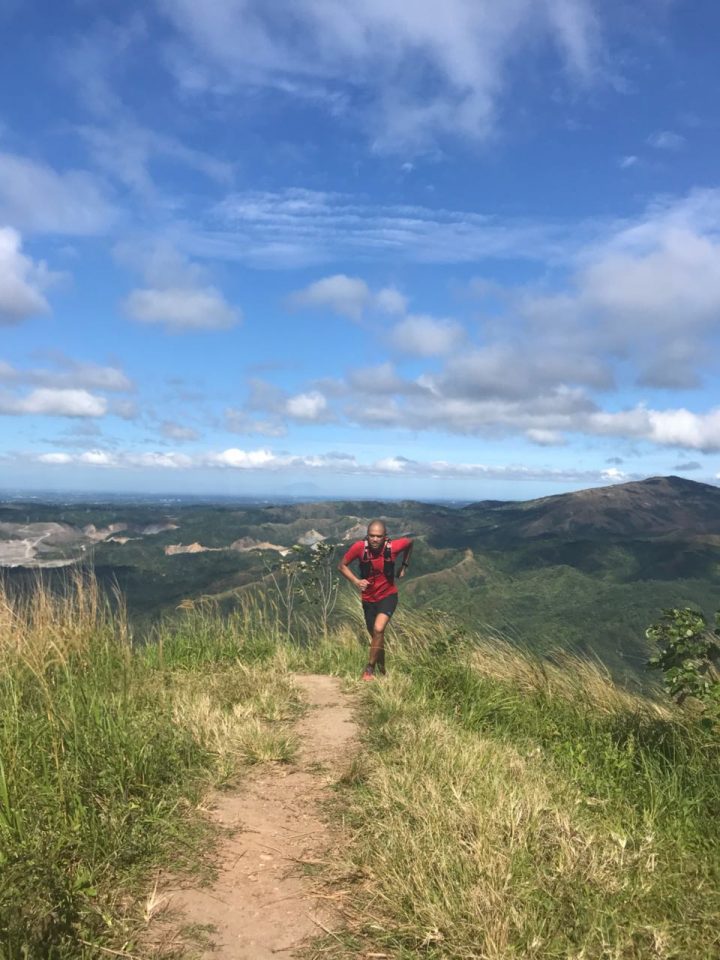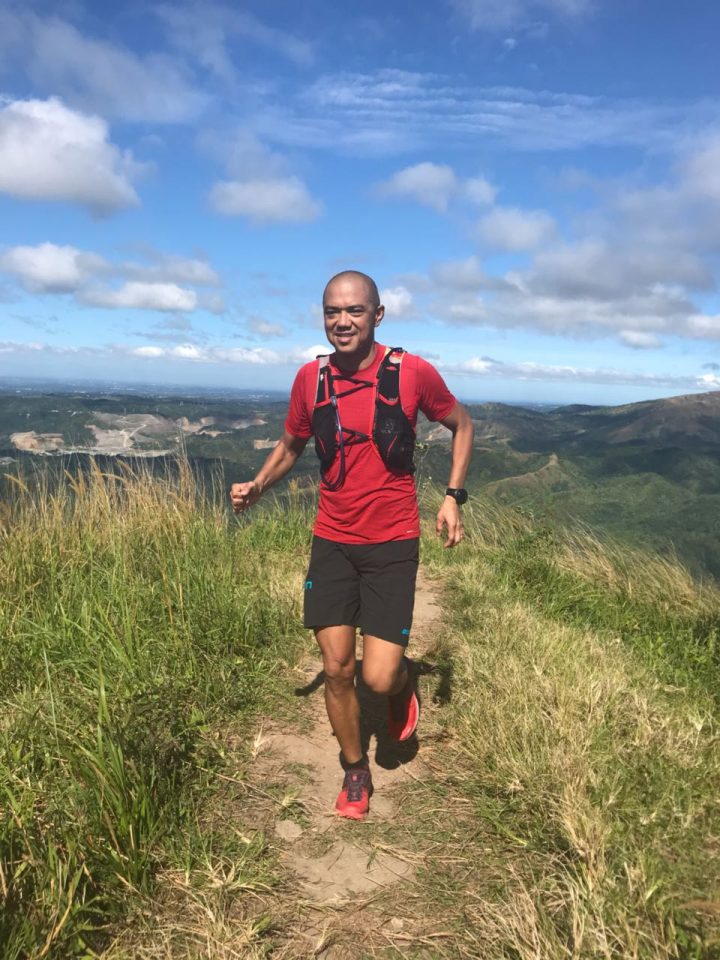Unpopular opinion: running on a treadmills sucks—and this is not because the trusty treadmill doesn’t do the job. I mean, come on: it’s running. You can do it anywhere there’s a long enough street that has proper sidewalks, and little to no traffic, and preferably zero risk of you getting mugged. But hey, if you prefer running on the treadmill, and you want to make the most of that gym membership you purchased on a whim at the start of the year, then by all means, burn through that rubber as much as you please.
But for some runners, it’s mind-numbingly boring to run on a treadmill, hence them hitting the city streets for a more entertaining and somewhat adventurous run. And there even comes a point that even urban outdoor running starts to get dreary, especially if you’re the seasoned, long-time runner that’s already laid foot and trained in every popular running park that exists in Metro Manila.
If you’re that runner that just gave a resoundingly ecstatic “YES” to that last statement, then maybe it’s time you start heeding the call your spirit is making for more rugged and unpredictable running routes. In short, maybe it’s time you gave trail running a try. And I know what you’re going to say next;
Yeah, okay. But how the heck do I get started on hitting the trails?
From where most roadies are coming from, there will be a ton of questions in your head, and your heart split between just going for it, or parking it for another year. It intimidates even the most seasoned roadies, and rightly so because trail running—though there are similarities with road running—is a greatly different discipline altogether.
It’s not just concrete, smog, and you versus cars and motorcycles, anymore.
With trail running, it’s mud, rock, tree roots and branches, the risk of getting lost when you take the wrong turn at the huge boulder that looks like a huge papaya, and you versus all the critters on the trail that you might encounter. Transitioning from being a road runner to a full-fledged trail runner is not something you do overnight, and it also doesn’t happen after casually running a mountain trail over the weekend as weekend warriors usually do. It involves a lot of research in terms of specifications of the trail you’re planning to run, acquiring the appropriate gear, as well of course as training and skills development. And if you’re still very much convinced that trail running is your calling, then allow us to help you tick off one of the things you need to get started on hitting the trails.
Now, we’re not really the leading experts on Trail Marathons and training for them here. Our playgrounds are just as urban as yours, and we wouldn’t want to be receiving training tips that are heavily one-sided towards trail running, as well, so how about taking the word of a Certified Triathlon and Trail Running Coach like Coach Miguel (Ige) Lopez. Yeah, we’re making sure you have the knowledge of an Endurance Athlete who has finished a number of Ironman distance races locally and internationally and just as big of a handful of Ultra Trail Marathons, with just some of them being the Xterra World Championship, TNF 100, Baguio, Oxfam Trailwalker, Hong Kong, and even the prestigious Ultra Trail du Mont Blanc in your arsenal before you start enjoying those runs up in the mountains.
Pinoy Fitness: Is training for a road different from training for trails?

Coach Ige: Basically, for urbanites who have little to no access to trails, road running serves as a good base training. But once you get into trail running, you really have to learn all the nitty-gritty details like strengthening the ankles, because of course, a trail is not always flat. Aside from your uphill and downhill slopes, there are also rocks, roots, and sand, making for a rugged, uneven terrain, and you have to learn how to adapt to the changing terrain. In terms of training, they’re quite similar, but there is trail-specific training that works your quads and greatly strengthens your ankles (check out: Coach Miguel [Ige] Lopez’s workout tips for trail running). I have to stress that you need to work on your ankles because that’s how most injuries on the trail happen. When you run on a road, it’s really easy, because most of the time, you’re doing so in a straight, linear, and even path.
Pinoy Fitness: As a trail runner, how do you train for the real thing when you only have access to urban routes?
Coach Ige: If you want to slowly introduce yourself to the feel of running on a mountain trail, start running on flat trails, with gradual elevations that are more or less gravelly or rocky. But if you really can’t get access to proper trails, then make do with what you have. Run on the road but plan your route to make sure that there are uphill and downhill segments. You can do hill repeats—those that will require you to run uphill for a good 1-5 minutes, to strengthen your quads and calves. And as an environmentalist, I really do advocate reducing your carbon footprint, and training with what you have in the city. Trails suffer so much from mass climbs and lose their beauty and integrity when not given the proper amount of time to recuperate.
PF: What are your quick tips that beginner trail runners need to always keep in mind?

1. Enjoy the trail. Don’t just go into trail running for the sake of competition. Be there and enjoy the beauty of the mountain trails.
2. If you’re trail running to compete, be sure you’re competitive enough as a road runner. Make sure you’re already a strong enough road runner before you hit the trail, because trails are definitely going to be tougher. Running in a controlled environment (road) is immensely different from running on trails where everything is rugged, and unpredictable. If there are things you need to improve in your form, develop them on the road, because there will be lesser room for errors on the trail.
3. Be a steward for environmental conservation. Running on trails is a wonderful experience, but let’s give others (the future generation) the equal opportunity to also enjoy running them as well and help to preserve them by following the principles of Leave No Trace (LNT).
4. Join a group and attend training camps. Hiking and running—most of all—alone in the mountains is only recommended for advanced trail runners, because their technical knowledge has helped reduce the risks for them. For beginners, however, it’s always better to run or hike in groups, because well… it’s more fun, and it’s also safer. There are a lot of these training groups you can join that will help teach you the basics of mountaineering and trail running like the Dirt School Running Camp. It’s an annual training camp and advocacy that my wife and I started, that’s tailor-fitted for kids and beginners to teach them to appreciate the beauty of trails, and of course how to properly behave when they’re out in the wild, not just for their own safety, but of course for the safety and preservation of the environment, as well.
And there here you have it: Coach Miguel Lopez on how to get started on transitioning from road to trail running. Let us know in the comments if we’ve helped give you that extra nudge you needed to take that first step to becoming a trail runner!








